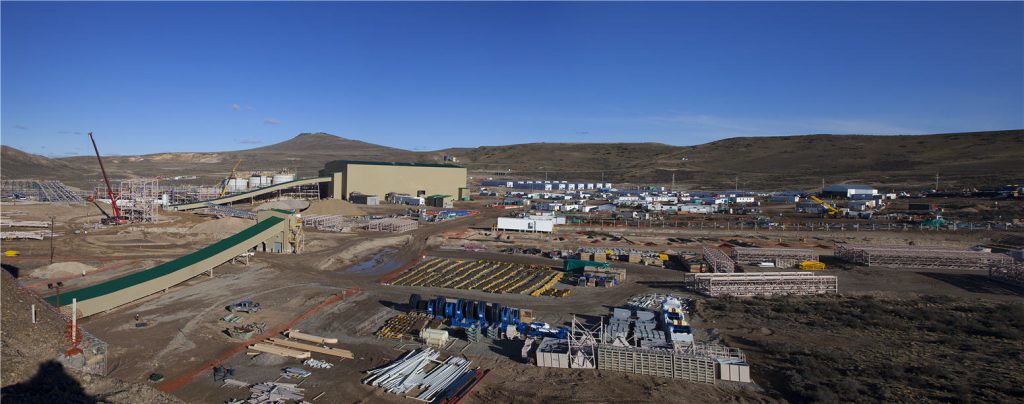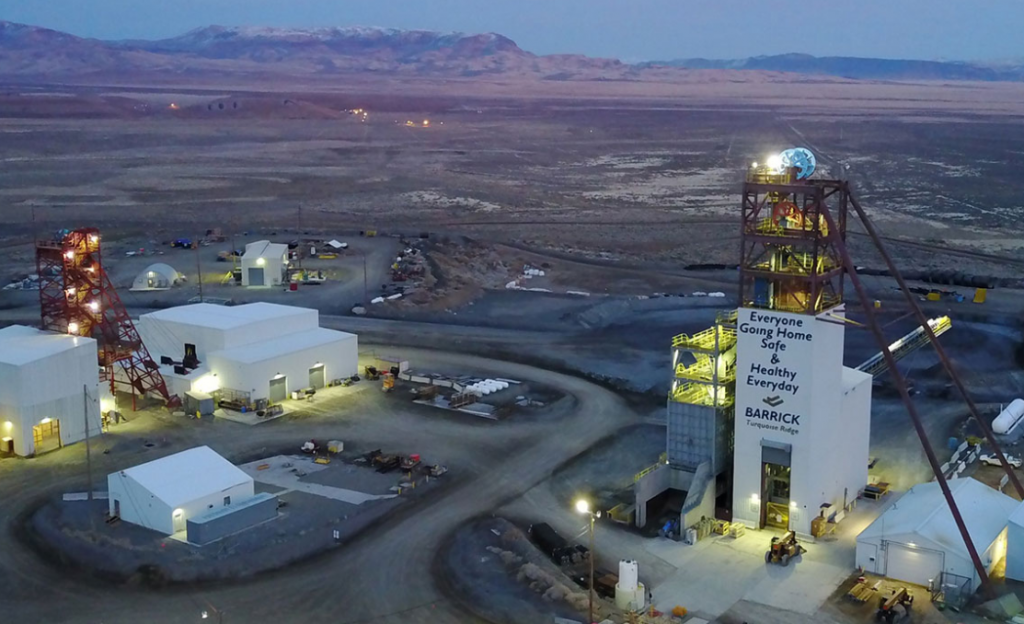
Gold has been and still is a favored investment commodity around the globe. But in today’s challenging mineral commodity markets, investors are highly sensitive to a mine’s production costs.
Gold grade is a profitability driver for a mine; lower ore grades have a significant impact on production costs.
According to GFMS’ 2013 Gold Survey, the large increase in cash costs for the top gold miners in the world in the years leading up to 2013 was due to a decline in gold grades.All things being equal, higher gold grades, therefore, mean lower production costs per ounce/pound/tonne mined. Thus, high-grade gold operations should attract mining investors as their returns are good under most market conditions.
Gold grades are based on geostatistical evaluation of data, which can change as more data is gathered. The direct measurement of gold grade in milled ore is a more precise reflection of a change in the economic “wellbeing” of a mine.
The following analysis, based upon data from Mining Intelligence, covers the highest-grade operating gold mines in the world, that are separate reporting “units,” and have Q4 2017 milled ore grade figures disclosed by the owners/operators.

For a more accurate comparison, the gold mines have been separated into underground and open-pit operations, as these mining methods utilize different techniques and equipment. Where possible, by-product cash cost indicators have been omitted.
In Q4 2017, Kirkland Lake Gold’s Fosterville Mine in Australia had the most impressive grade with 21.5 grams of gold per tonne of milled ore. Combined with a cash cost of $226/ozt, Fosterville is one of the world’s most remarkable underground gold mines right now.
At 7.6 g/t grams of gold per tonne of milled ore, the Way Linggo mine, owned and operated by Kingsrose Mining and located in Indonesia, is the highest-grade open-pit gold mine. An interesting fact is that the openpit operations are mining the remaining ore that was left behind by the historic Way Linggo underground mine.
When bench-marking the cash costs of these highest-grade gold mines, we can see that most of the mines have cash costs that are significantly lower than a median weighted-average gold cash costs throughout the world (see graph below). These mines could be viewed as cash cows!


1. Fosterville – Kirkland Lake’s Fosterville is located in the state of Victoria, Australia. In 2017 it produced 263.8kozt of gold. Operations began in 2005.

Source: Fosterville
2. Yaramoko – The underground gold mine, owned by Roxgold, is located in the Province of Balé, Burkina Faso. Mine operations commenced in 2007, and in 2017 it produced 127.0kozt of gold.

Plant. Source: Roxgold
3. Segovia – Gran Colombia Gold’s Segovia is situated in northern Colombia and created in 2001. In 2017, the underground mine produced 148.7kozt of gold and 126.3kozt of silver.
4. Cerro Negro – Owned by Goldcorp, the underground and open-pit mine is located in southern Argentina. It began operation in 2004. Production levels in 2017 hit 452.0kozt for gold, 506.0kozt for gold eq. and 3,504.0kozt for silver.

Source: Goldcorp
5. Turquoise Ridge – Barrick Gold’s Turquoise Ridge mine is situated in Nevada, USA. The underground mine’s 2017 production levels recorded were 281.0kozt for gold. Operations began in 1998.

Source: Barrick Gold
1. Way Linggo – Situated in Indonesia, the open-pit mine is operated by Kingsrose Mining. In 2017, it began to mine existing ore from historic UG operations and produced 23.3 kozt of gold and 134.9 kizt of silver.

Source: Kingsrose Mining
2. Mt Carlton – The open-pit mine was created in 2004 and is situated in Queensland, Australia. Evolution Mining’s Mt Carlton reported 113.7kozt of gold, 479.7kozt of silver and 2.kt of copper in 2017’s production.
3. Albazino – Polymetal’s Albazino is located in the Khabarovsk Region, Russia. The open-pit mine commenced production in 2007. In 2017, it produced 237.2kozt of gold.

Source: Polymetal
4. Pueblo Viejo – Barrick’s Pueblo Viejo is situated in the Dominican Republic. The open-pit mine reported 1,083.0kozt of gold produced in 2017. Operations began in 2002.

Source Barrick Gold
5. Gounkoto – The gold open-pit mine in Mali began operations in 2009. It is owned by Randgold Resources and 2017 production levels of gold reported was 293.1kozt.

Source: Randgold Resources
 Sign up for Mining Intelligence and get rich insights about miners, juniors and projects. Our online tool puts rich data at your fingertips.
Sign up for Mining Intelligence and get rich insights about miners, juniors and projects. Our online tool puts rich data at your fingertips.
Creative Commons image of hockey players courtesy of Toronto History.